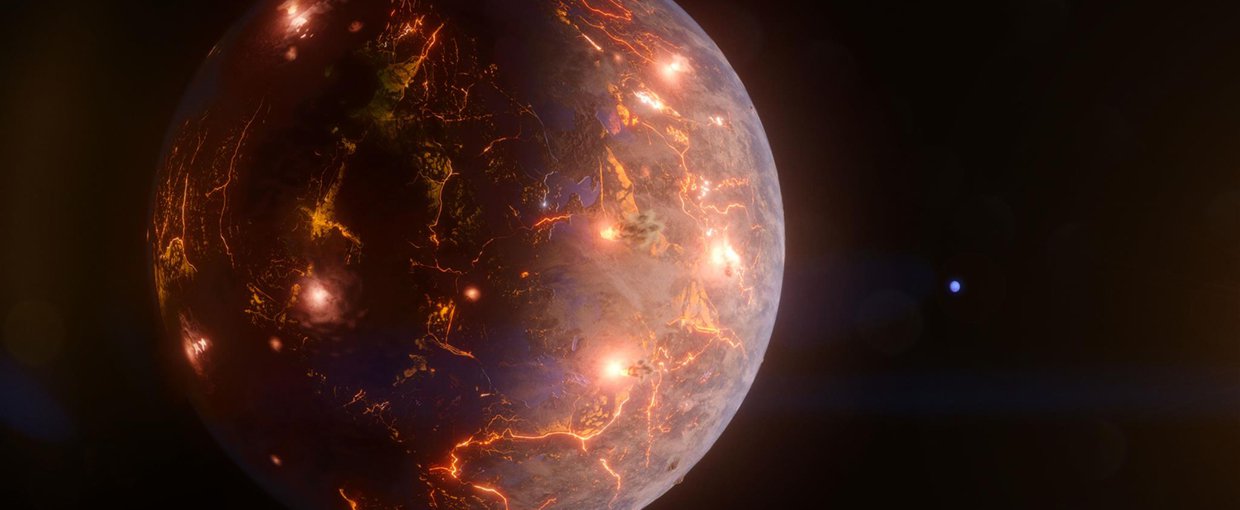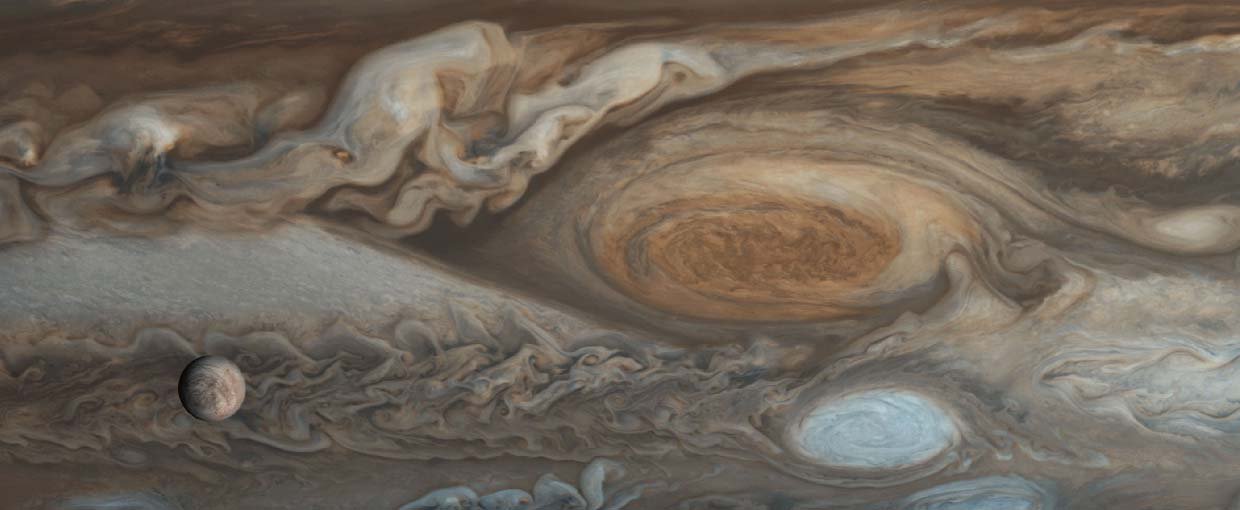Park, R. S., Riedel, J. E., Brandon, E. J., Harvey, N. E., Manafi, S., Smart, M. C., … Vaughan, A. T. (2025). Gravity Imaging Radio Observer (GIRO) for Planetary Science and Mission Opportunities. The Planetary Science Journal, 6(5), 127. doi:10.3847/psj/adceea
Scarsdale, N., Harman, C. E., & Fauchez, T. J. (2025). The Spin Zone: Synchronously and Asynchronously Rotating Land Planets Have Spectral Differences in Transmission. The Planetary Science Journal, 6(5), 120. doi:10.3847/psj/adcea9
Thomas, T. B., Meadows, V. S., Krissansen-Totton, J., Gialluca, M. T., Wogan, N. F., & Catling, D. C. (2025). Statistical Geochemical Constraints on Present-day Water Outgassing as a Source of Secondary Atmospheres on the TRAPPIST-1 Exoplanets. The Planetary Science Journal, 6(5), 126. doi:10.3847/psj/add261
Cuevas-ZuviríA, B., Detemple, F., Amritkar, K., Garcia, A. K., Seefeldt, L. C., Einsle, O., & Kaçar, B. (2025). Nitrogenase structural evolution across Earth’s history. None. doi:10.7554/elife.105613.1
Curone, P., Facchini, S., Andrews, S. M., Testi, L., Benisty, M., Czekala, I., … Zawadzki, B. (2025). exoALMA. IV. Substructures, Asymmetries, and the Faint Outer Disk in Continuum Emission. The Astrophysical Journal Letters, 984(1), L9. doi:10.3847/2041-8213/adc438
Gardner, C. H., Isella, A., Li, H., Li, S., Bae, J., Barraza-Alfaro, M., … Zhu, Z. (2025). exoALMA. XI. ALMA Observations and Hydrodynamic Models of LkCa 15: Implications for Planetary Mass Companions in the Dust Continuum Cavity. The Astrophysical Journal Letters, 984(1), L16. doi:10.3847/2041-8213/adc432
Izquierdo, A. F., Stadler, J., Galloway-Sprietsma, M., Benisty, M., Pinte, C., Bae, J., … Zawadzki, B. (2025). exoALMA. III. Line-intensity Modeling and System Property Extraction from Protoplanetary Disks. The Astrophysical Journal Letters, 984(1), L8. doi:10.3847/2041-8213/adc439
Ji, D., & Dasgupta, R. (2025). Sulfur inventory of the young lunar mantle constrained by experimental sulfide saturation of Chang’e-5 mare basalts and a new sulfur solubility model for silicate melts in equilibrium with sulfides of variable metal–sulfur ratio. Geochimica et Cosmochimica Acta, 394, 284–297. doi:10.1016/j.gca.2025.02.019
Latifi, B., Cole, K. H., Vu, M. M. K., & Lupták, A. (2025). Rapid discovery of functional RNA domains. Nucleic Acids Research, 53(7), None. doi:10.1093/nar/gkaf307
Nesvorný, D., Dones, L., Vokrouhlický, D., Levison, H. F., Beaugé, C., Faherty, J., … Parker, J. P. (2025). A Spiral Structure in the Inner Oort Cloud. The Astrophysical Journal, 983(1), 74. doi:10.3847/1538-4357/adbf9b



